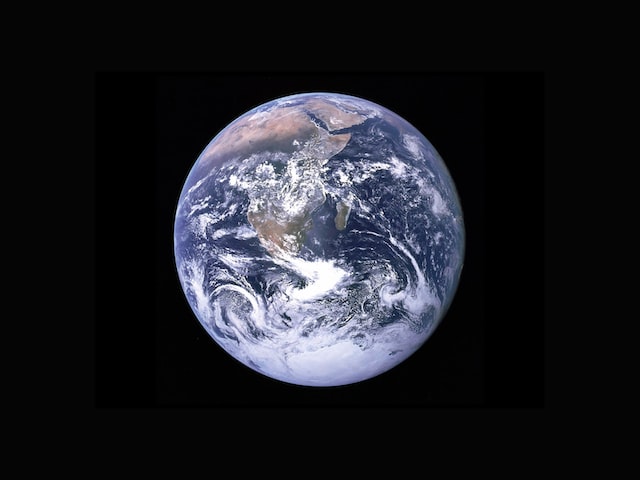Australian-led research into an asteroid likened to a “giant space cushion” has provided insight into how to potentially save the earth from a future impact.
Experts studied three tiny dust particles collected from the surface of the Itokawa asteroid and returned to earth by the Hayabusa-1 probe.
The results showed Itokawa was difficult to destroy and resistant to collision, according to a study published on Tuesday in the Proceedings of the National Academy of Sciences.
Located about two million kilometres from earth and as big as the Sydney Harbour Bridge, Itokawa is classified as a rubble-pile asteroid.
Unlike their monolithic counterparts, such asteroids are made largely of loose boulders and rocks, lead author and Curtin University researcher Fred Jourdan said.
“The survival time of monolithic asteroids the size of Itokawa is predicted to be only several hundreds of thousands of years in the asteroid belt,” Professor Jourdan said.
“The huge impact that destroyed Itokawa’s monolithic parent asteroid and formed Itokawa happened at least 4.2 billion years ago.
“Such an astonishingly long survival time for an asteroid the size of Itokawa is attributed to the shock-absorbent nature of rubble pile material.
“In short, we found that Itokawa is like a giant space cushion and very hard to destroy.”
The durability of rubble-pile asteroids had previously been unknown, co-author and Curtin researcher Nick Timms said.
This left experts uncertain about the best defence strategies in case such an asteroid ever hurtled towards earth.
“Now that we have found they can survive in the solar system for almost its entire history, they must be more abundant in the asteroid belt than previously thought,” Professor Timms said.
“The good news is that we can also use this information to our advantage.
“If an asteroid is detected too late for a kinetic push, we can then potentially use a more aggressive approach like using the shock wave of a close-by nuclear blast to push a rubble-pile asteroid off course without destroying it.”
The Hayabusa probe which collected the samples landed in outback South Australia in 2010 under a collaboration between Japanese and Australian authorities.
Another probe, Hayabusa2, also touched down in the Woomera prohibited area a decade later after a six-year mission.
Michael Ramsey
(Australian Associated Press)





